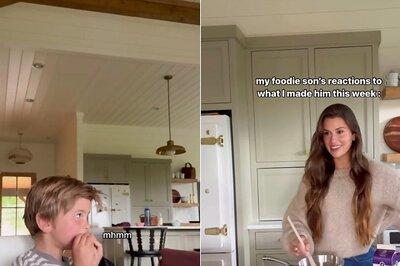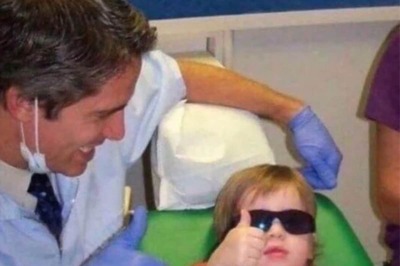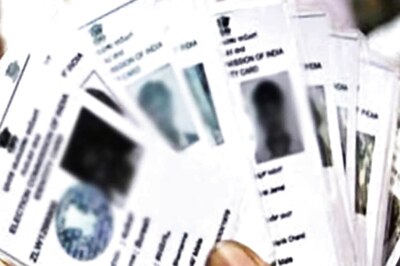
views
Boston: Using a robotic teddy bear, scientists have shown that social robots can boost the mood among hospitalised children and help them cope with stressful treatments.
Many hospitals host interventions in pediatric units, where child life specialists will provide clinical interventions to hospitalised children for developmental and coping support.
This involves play, preparation, education, and behavioral distraction for both routine medical care, as well as before, during, and after difficult procedures.
Traditional interventions include therapeutic medical play and normalising the environment through activities such as arts and crafts, games, and celebrations.
For the study, published in the journal Pediatrics, researchers deployed a robotic teddy bear, "Huggable," across several pediatric units at Boston Children's Hospital in the US.
More than 50 hospitalised children were randomly split into three groups of interventions that involved Huggable, a tablet-based virtual Huggable, or a traditional plush teddy bear.
In general, Huggable improved various patient outcomes over those other two options.
Researchers from Massachusetts Institute of Technology (MIT) and Northeastern University in the US demonstrated the feasibility of integrating Huggable into the interventions. The study indicated that children playing with Huggable experienced more positive emotions overall.
They also got out of bed and moved around more, and emotionally connected with the robot, asking it personal questions and inviting it to come back later to meet their families. "Such improved emotional, physical, and verbal outcomes are all positive factors that could contribute to better and faster recovery in hospitalised children," researchers said.
Although it is a small study, it is the first to explore social robotics in a real-world inpatient pediatric setting with ill children, researchers said.
Huggable is designed only to assist health care specialists -- not replace them, the researchers said.
During the interventions involving Huggable involving kids ages 3 to 10 years a specialist would sing nursery rhymes to younger children through robot and move the arms during the song.
Older kids would play the I Spy game, where they have to guess an object in the room described by the specialist through Huggable.
Through self-reports and questionnaires, the researchers recorded how much the patients and families liked interacting with Huggable.
Additional questionnaires assessed patient's positive moods, as well as anxiety and perceived pain levels.
The researchers also used cameras mounted in the child's room to capture and analyse speech patterns, characterising them as joyful or sad, using software.
A greater percentage of children and their parents reported that the children enjoyed playing with Huggable more than with the avatar or traditional teddy bear.
Speech analysis backed up that result, detecting significantly more joyful expressions among the children during robotic interventions. Additionally, parents noted lower levels of perceived pain among their children.
The researchers noted that 93 per cent of patients completed the Huggable-based interventions, and found few barriers to practical implementation, as determined by comments from the specialists.




















Comments
0 comment